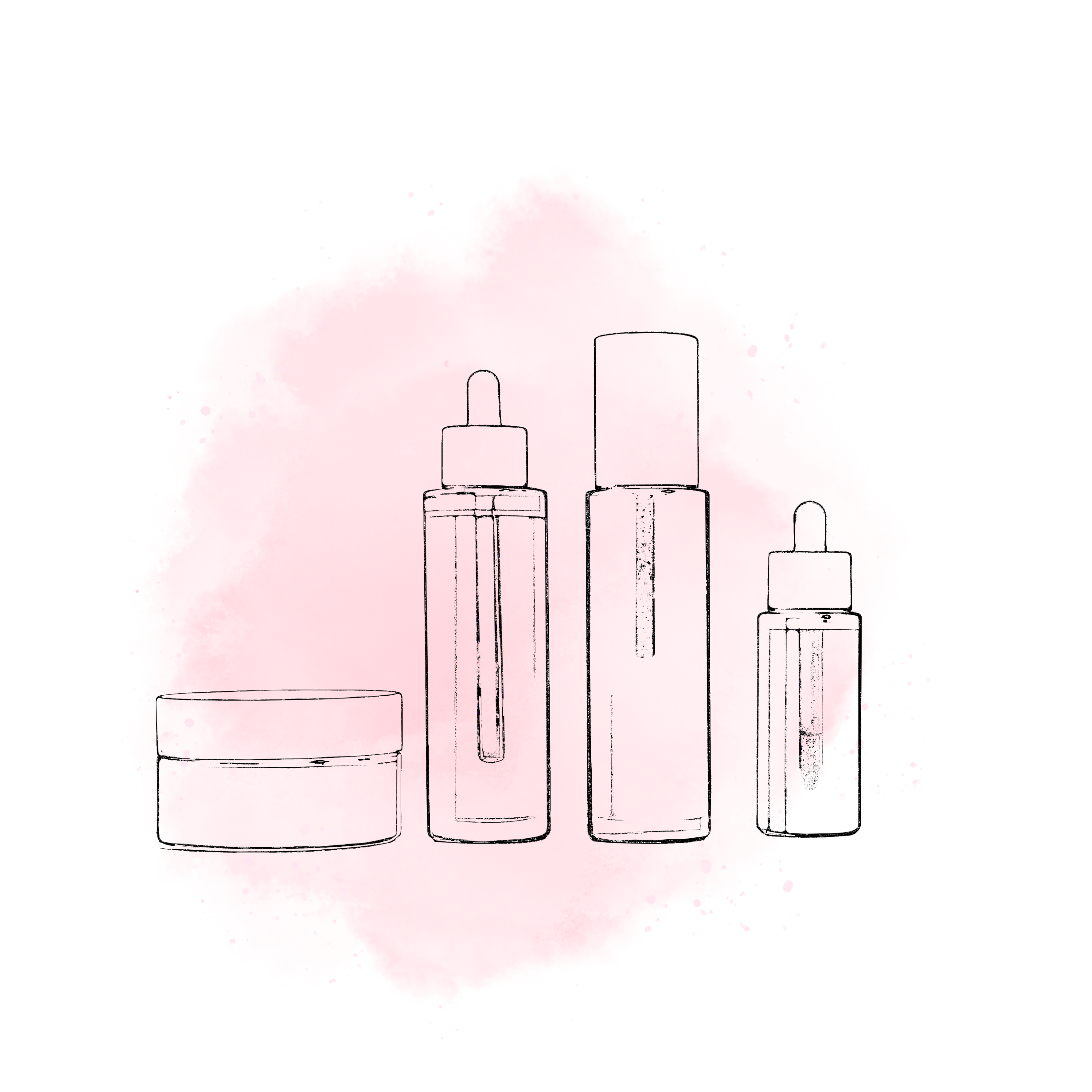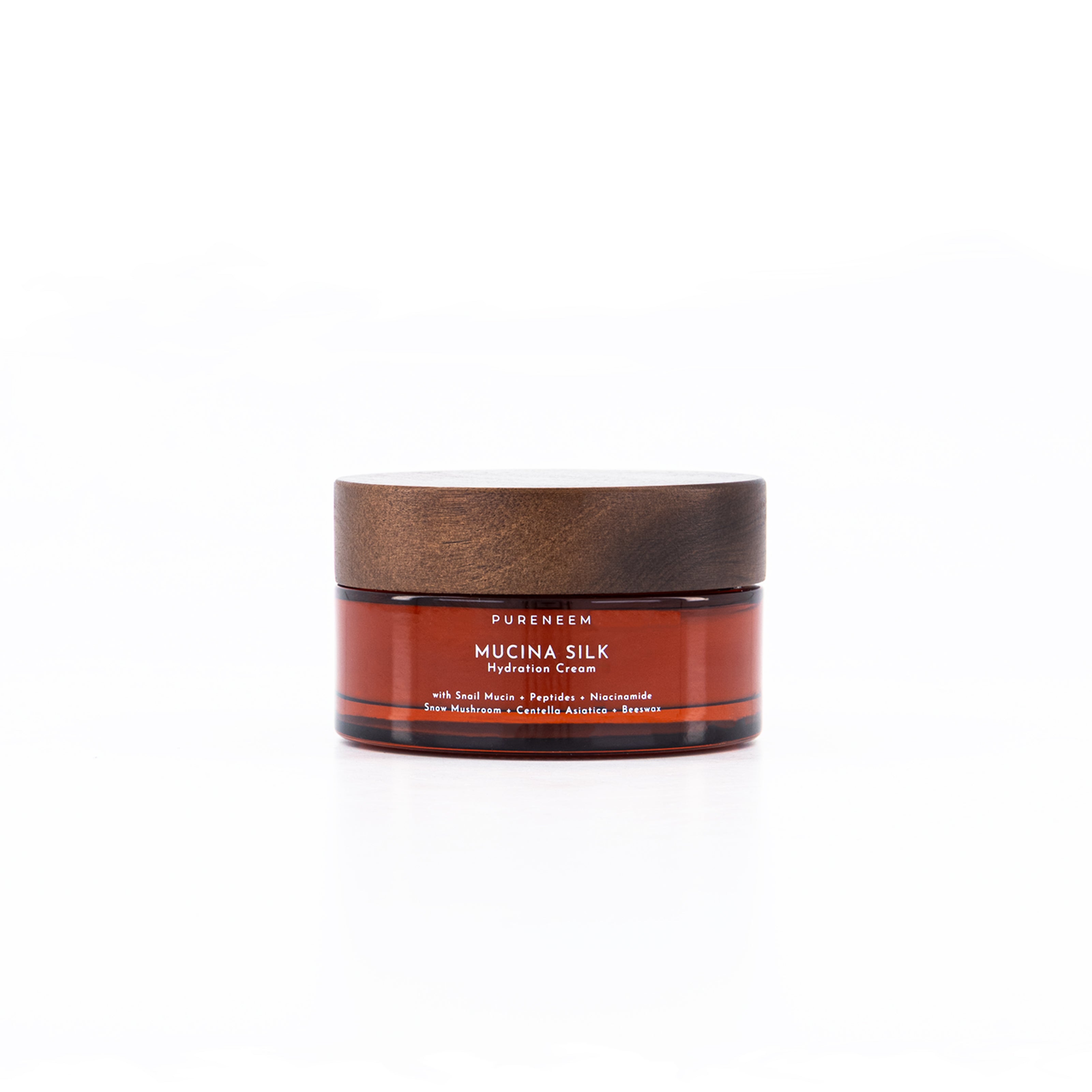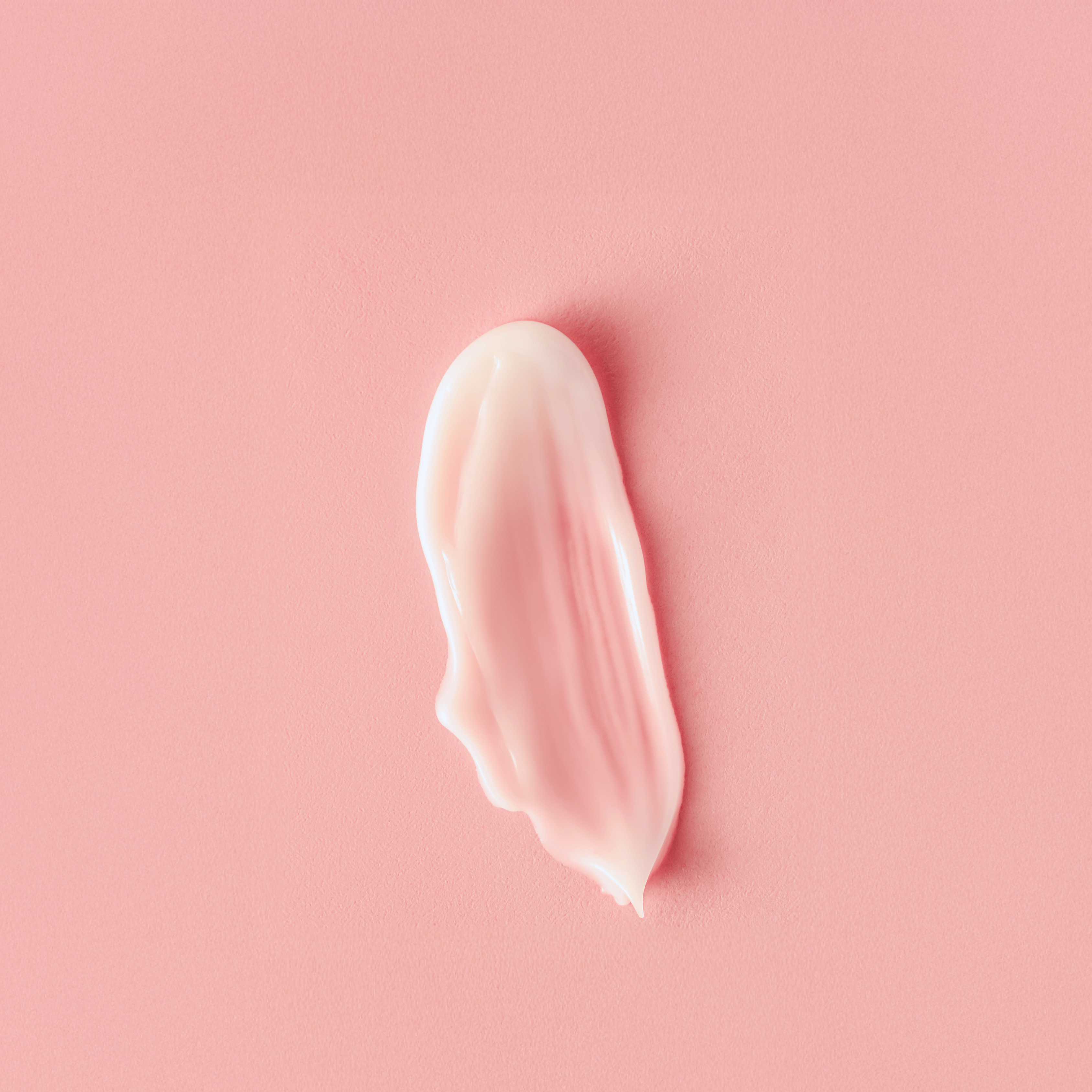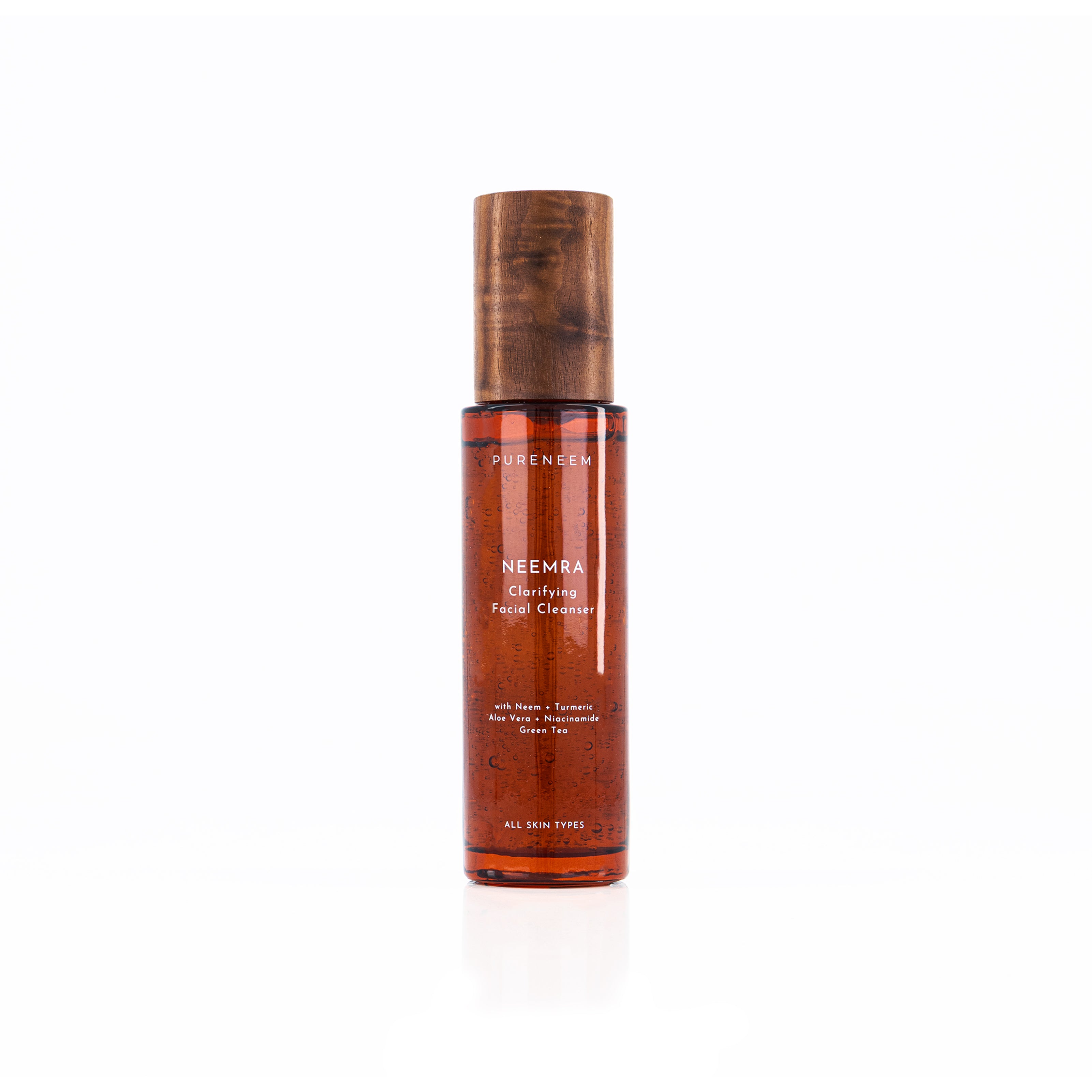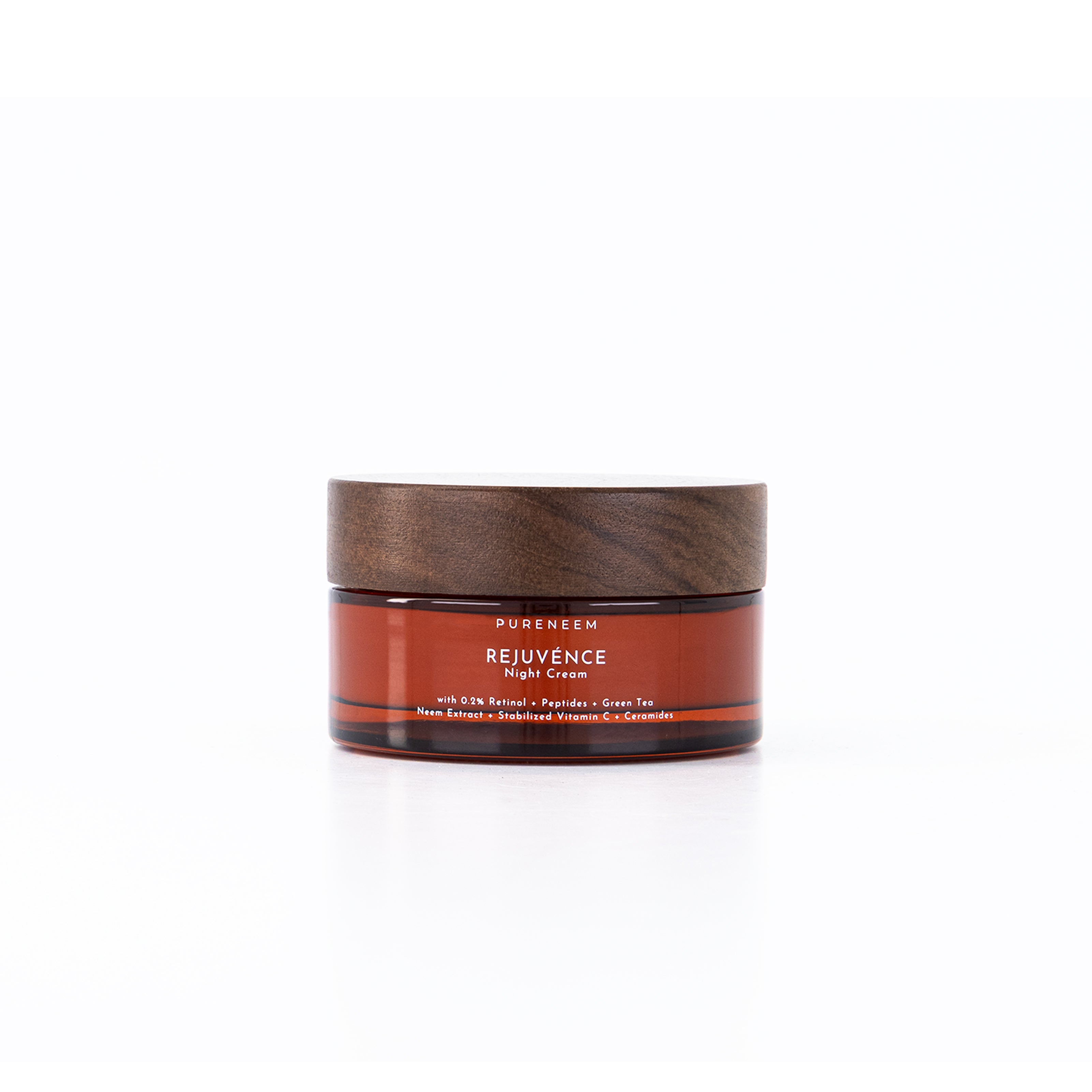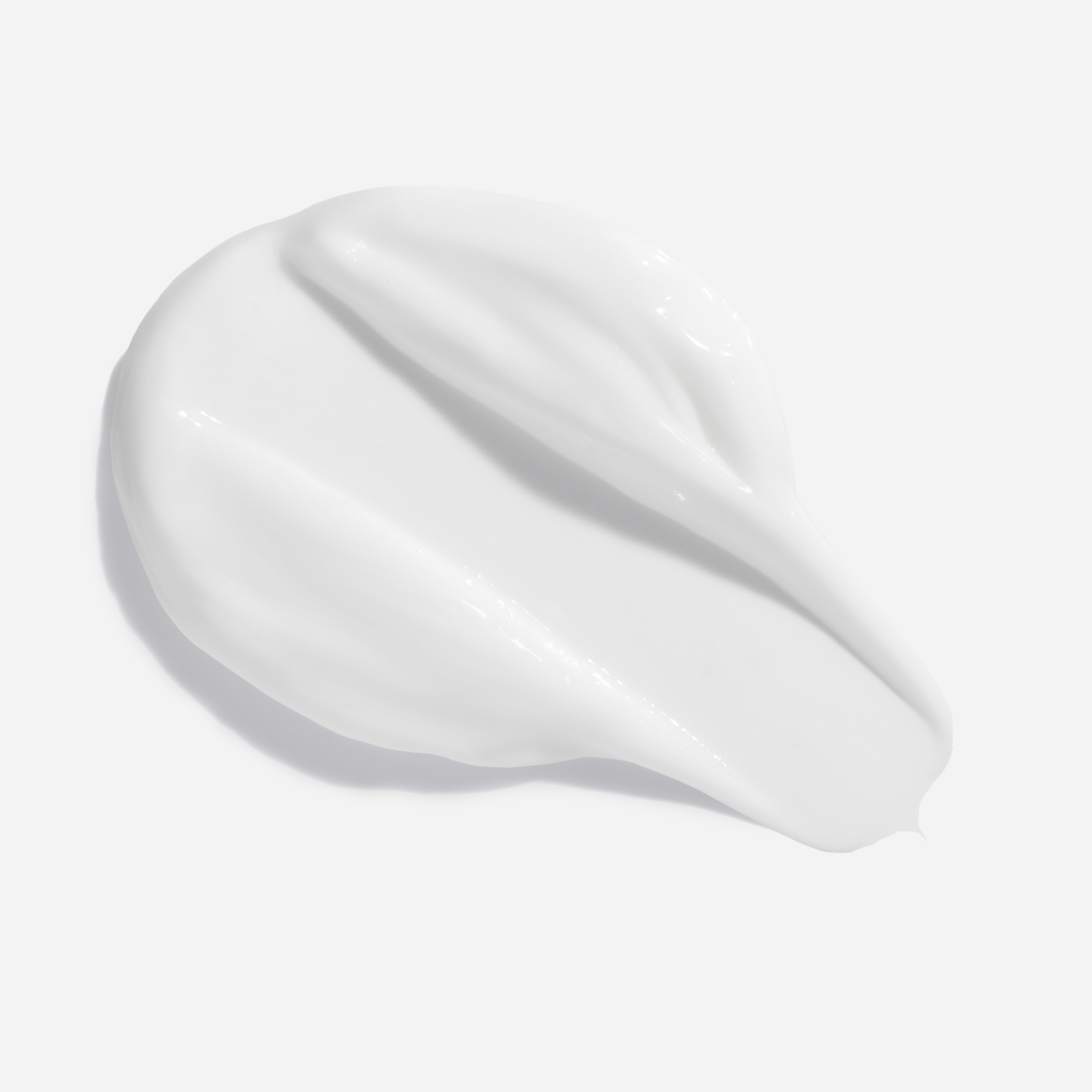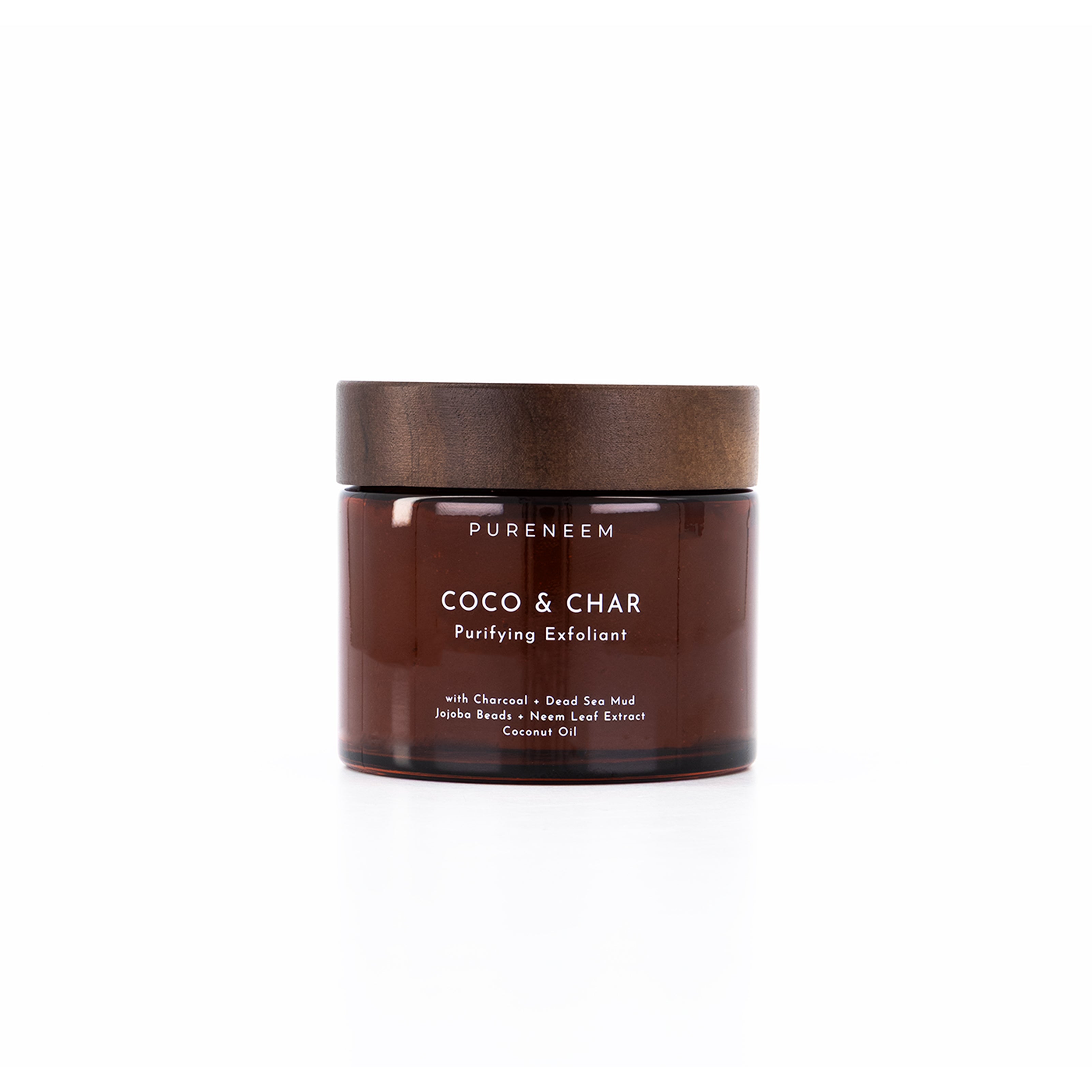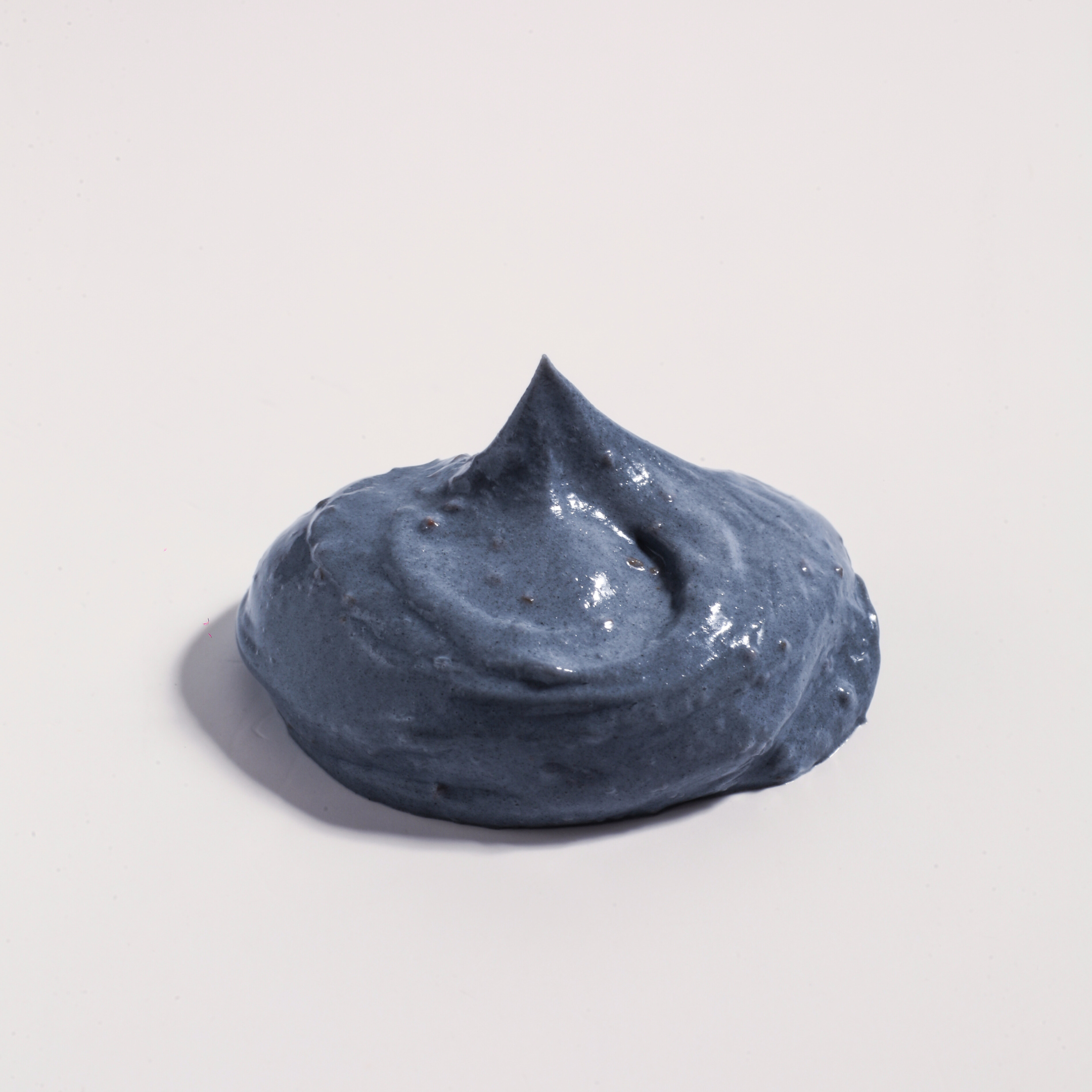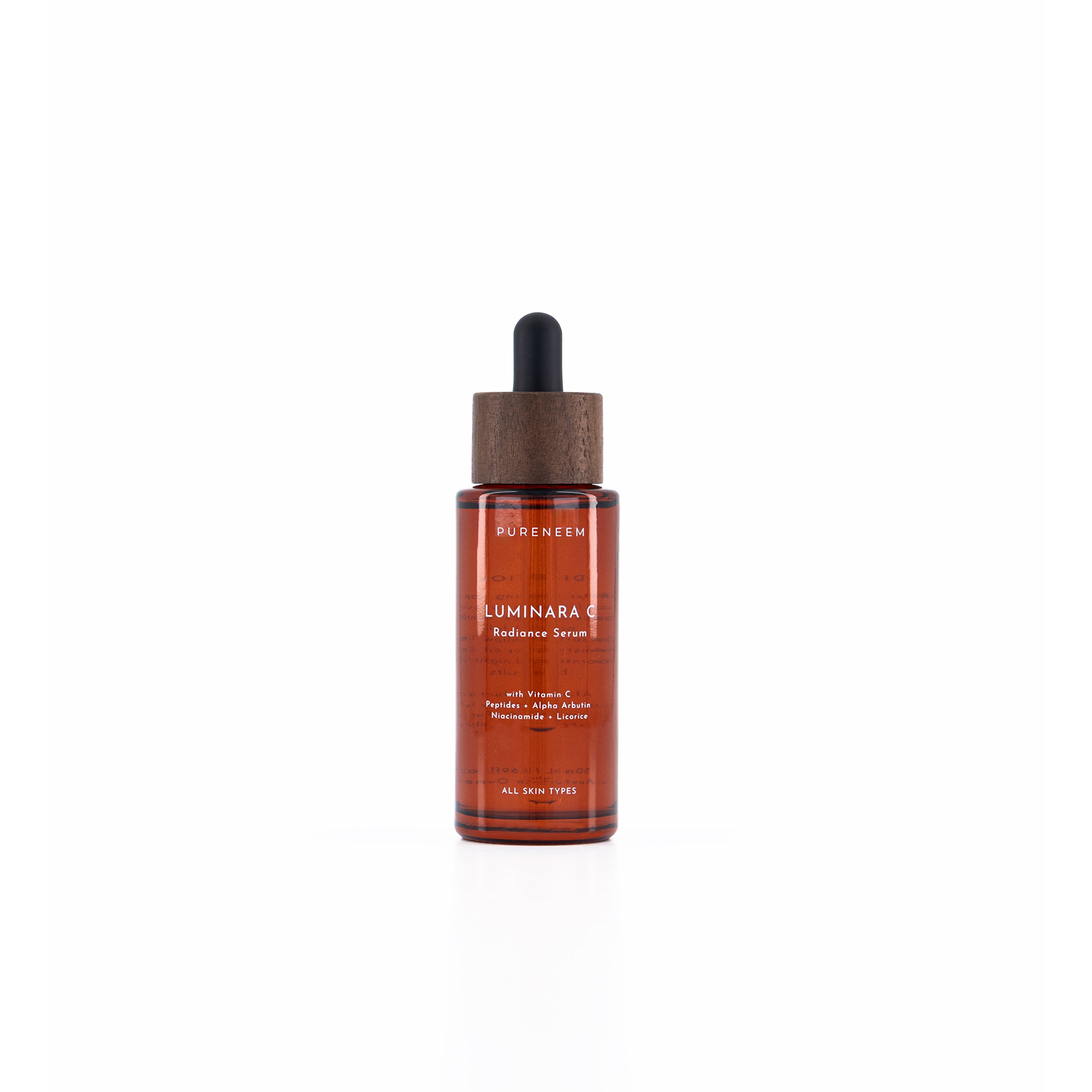Date: 15/07/2025
Allantoin: The Unsung Hero of Skin Healing and Comfort
While flashy actives and powerful acids dominate the skincare spotlight, one quiet ingredient continues to earn the trust of dermatologists and formulators alike—allantoin. Known for its exceptional ability to soothe, protect, and restore, allantoin has become a foundational ingredient in modern, intelligent skincare.
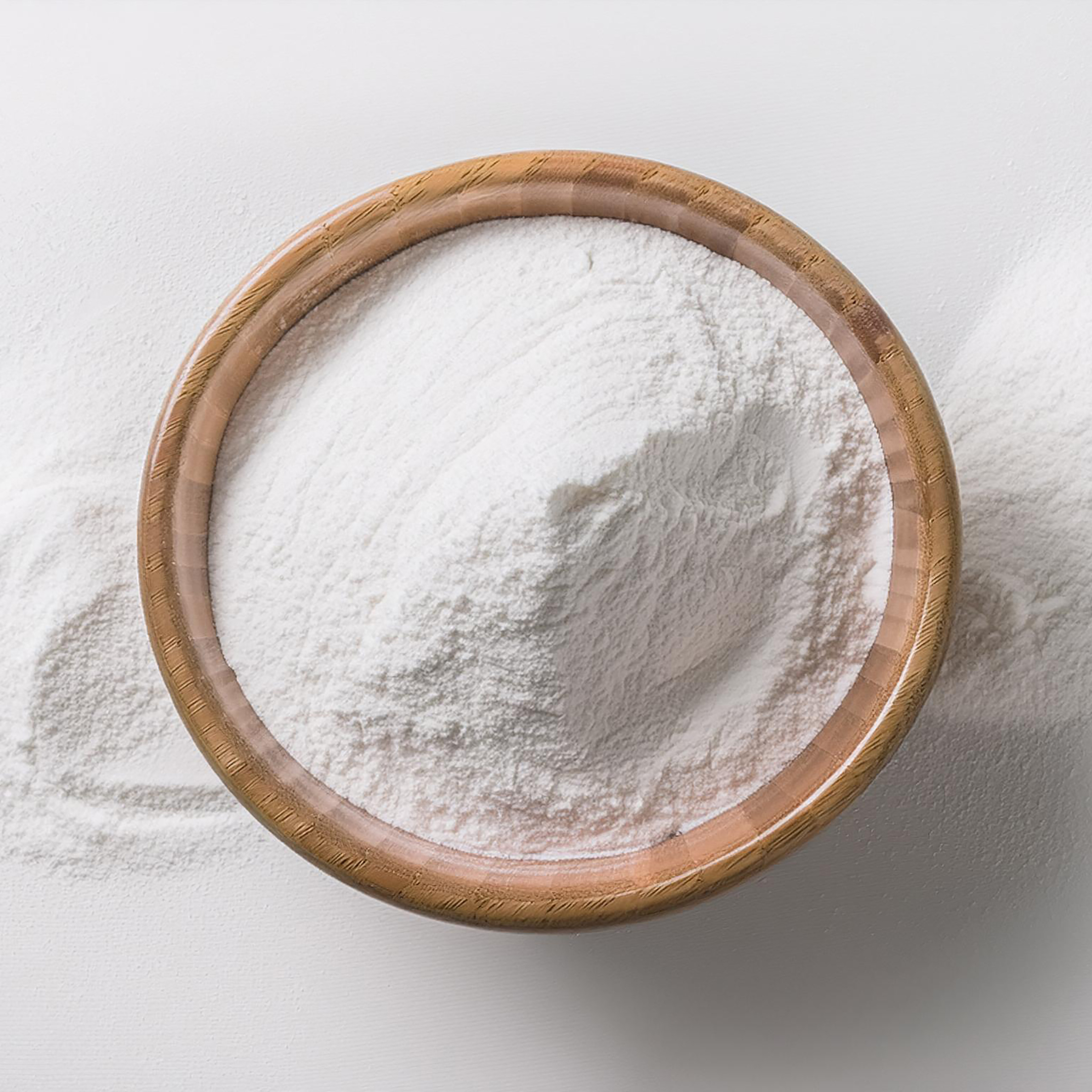
What Is Allantoin?
Allantoin is a naturally occurring compound found in the roots and leaves of plants such as comfrey and chamomile, though it is often produced synthetically for consistency and purity. It has long been used in medicine and skincare for its anti-irritant, moisturizing, and skin-soothing properties (Graefe et al., 2002).
Functionally, allantoin promotes cellular turnover and wound healing, while providing a protective film over the skin to lock in moisture and defend against external aggressors. Its gentle yet effective profile makes it ideal for sensitive, reactive, or compromised skin (Zettersten et al., 1997).
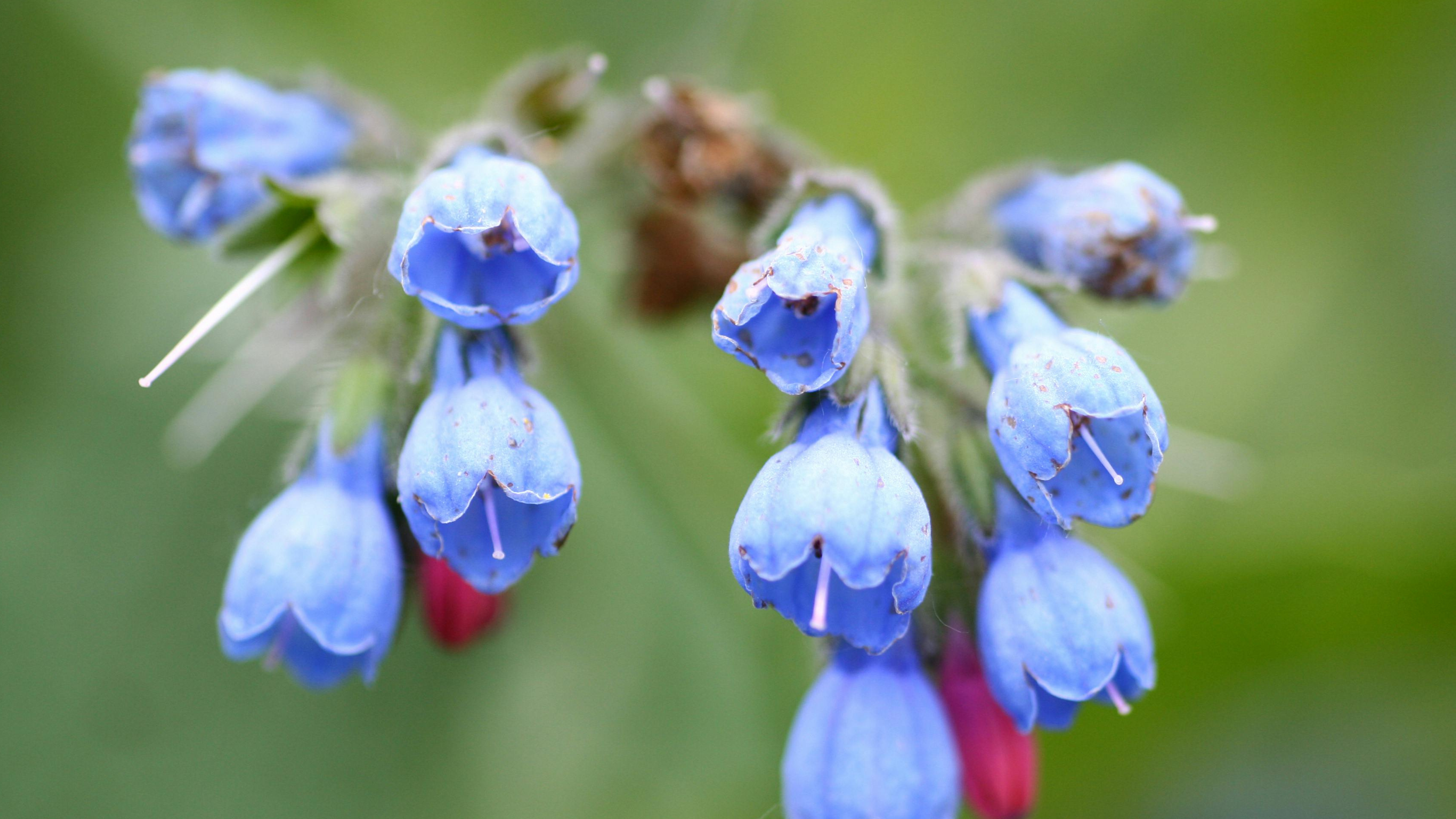
Clinically Proven Skin Benefits
Numerous studies have demonstrated allantoin’s role in enhancing the skin’s repair process. It reduces redness, calms inflammation, and accelerates tissue regeneration. In formulations designed for irritation-prone skin, allantoin helps rebuild barrier strength and improve skin comfort (Lubinski et al., 2001).
Its keratolytic properties also help to gently exfoliate dead skin cells, making way for fresher, more radiant skin without the irritation associated with stronger exfoliants. This makes it a favorite for treating dry patches, rough texture, and post-procedural skin (Manuel et al., 2010).

Safety and Formulation
Allantoin is extremely well-tolerated and hypoallergenic, with no known adverse effects even in high concentrations. It works synergistically with other calming agents like panthenol, aloe vera, niacinamide, and oat extract, making it a versatile inclusion across moisturizers, serums, masks, and cleansers (Fowler et al., 2011).
Its pH compatibility and stability make it easy to formulate without the risk of degradation, and it enhances the sensorial profile of products by providing a smooth, velvety skin feel.
PureNeem’s Thoughtful Use of Allantoin
At PureNeem, allantoin is one of the unsung heroes woven into several of our barrier-supporting and post-inflammatory care formulas. You'll find it inmany of our formulations, where it complements high-performance actives and botanicals to calm, repair, and restore skin—especially after stress or irritation.
For us, allantoin isn’t just gentle—it’s essential.
Allantoin Powered Formulations
References
- Graefe, K. V., & Raulin, C. (2002). Efficacy and safety of topical allantoin. Skin Pharmacology and Physiology, 15(2), 68–73.
- Zettersten, E. M., Ghadially, R., Feingold, K. R., & Elias, P. M. (1997). Allantoin enhances barrier repair. Journal of Investigative Dermatology, 109(3), 311–316.
- Lubinski, C., Morrison, L., & Reiger, M. (2001). Clinical applications of allantoin in wound healing. Clinical Dermatology Review, 19(1), 45–51.
- Manuel, D., & Maibach, H. I. (2010). Barrier-enhancing properties of allantoin in xerotic and atopic skin. Dermatologic Therapy, 23(4), 468–472.
- Fowler, J., Woolery-Lloyd, H., Waldorf, H., & Saini, R. (2011). Innovative use of allantoin in dermatologic therapy. Journal of Drugs in Dermatology, 10(5), 572–577.

